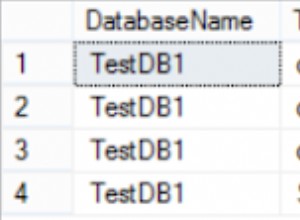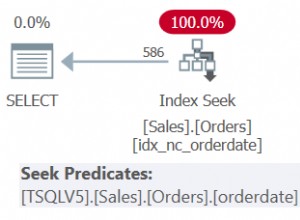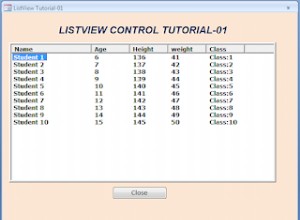Suponha que você esteja usando o SQL Server.
Usando o arquivo da web - https://web.archive.org/web/20190120182351/https://blogs.msdn.microsoft.com/tomholl/2007/08/01/mapping-sql-server-errors-to-net -exceções-o-jeito-divertido/
try
{
# SQL Stuff
}
catch (SqlException ex)
{
if (ex.Errors.Count > 0) // Assume the interesting stuff is in the first error
{
switch (ex.Errors[0].Number)
{
case 547: // Foreign Key violation
throw new InvalidOperationException("Some helpful description", ex);
break;
case 2601: // Primary key violation
throw new DuplicateRecordException("Some other helpful description", ex);
break;
default:
throw new DataAccessException(ex);
}
}
}
O caso 547 é o seu homem.
ATUALIZAÇÃO O código acima é de exemplo e não deve ser usado. Por favor, siga o link para explicar o porquê.




